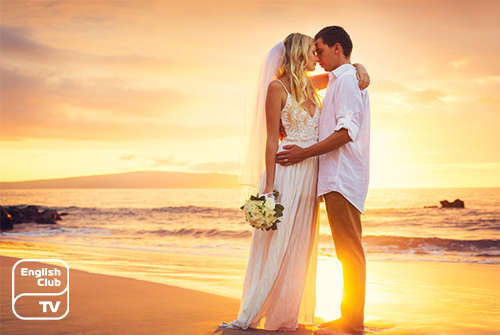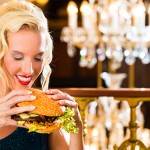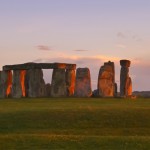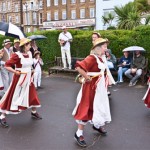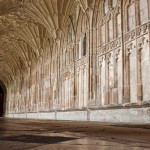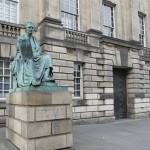A traditional English wedding takes place more often after a marriage proposal is put forward by the relevant parties. Customarily, the man proposes marriage to the woman. At this occasion, more often, the man goes down on one knee and asks the bride to be “Will you marry me?” Here, the bride-to-be will receive the engagement ring.
At a wedding ceremony or an engagement party in the UK, the man put the ring on the third finger of the left hand of the woman. The last day of December (29th) of a leap year is considered ideal for a lady to propose to a man. More often a couple stays separated for the duration they decide on before the marriage between them takes place.
After the announcement of the engagement, the banns of marriage is announced. Old English reads ‘to summon’ referring to ‘the marriage banns.’ The banns of marriage is a notice placed in a parish church or the marriage registrar’s office.
The Banns or notice enables those who oppose the marriage to forward their reasons in this regard. Typically, and traditionally, A British marriage will become legal only after displaying the banns or by signing a marriage certificate.
On the wedding day, apart from the bride and the bridegroom, many other people receive centre-stage attention. The Ring bearer – usually a young boy – carries the wedding ring. The wedding ushers organize the wedding. From the bridegroom’s side, a close relative or friend acts as the Best Man and then there are groomsmen – one or more – who assist the groom.
From the bride’s side, a close friend or relatives take the role of Maid of Honour. If a married woman takes this place, she is called the ‘matron of honour.’ Then there are bridesmaids as well. The bride’s father ‘gives away’ his daughter to the bridegroom. If the father is not among the living, another close relative can take his place. Then there are Flower Girls as well as Junior Bridesmaids in age groups between 8 and 16 as well.
Invitations are sent off before the wedding. Guests are supposed to attend both the wedding and its reception. But the invitations for the reception may be limited. When guests arrive at the venue, the ushers hand over the relevant leaflets, flowers, etc. and show them to their seats. They escort the close relatives to the front seats. The Bridal party stands at the altar with the bridegroom.
The Bridegroom and Best Man remain in the church till the bridal party arrives. The Bridal Entourage comes in horse-drawn carriages or elegant cars. The bridal entourage of the bride’s side consists of all the individuals as mentioned earlier. The pageboy carries the ring on a cushion or a plate. Then the ushers/groomsmen escort the grandparents and bride’s parents and then escort the bridesmaids. After that, the maid of honour and ring bearer and flower girls enter.
The bride walks along the aisle escorted by her father, to the selected music. Traditionally, the wedding march “Here comes the bride” is played for this occasion.
After that, the wedding ceremony gets on the way. The service includes making marriage vows (traditionally religious) by the bride and the groom, exchanging rings, signing the wedding register, (at a side room attended by the bride, the groom, two witnesses and an official). After that, confetti consisting of flower petals, birdseed or rice is thrown by the guests towards the brides and groom.
Then the newly wedded bride stands facing the altar and throws her bouquet over her head towards the guests. Photographs of the couple and the couple with their relatives and guests are taken before their departure for their honeymoon.


